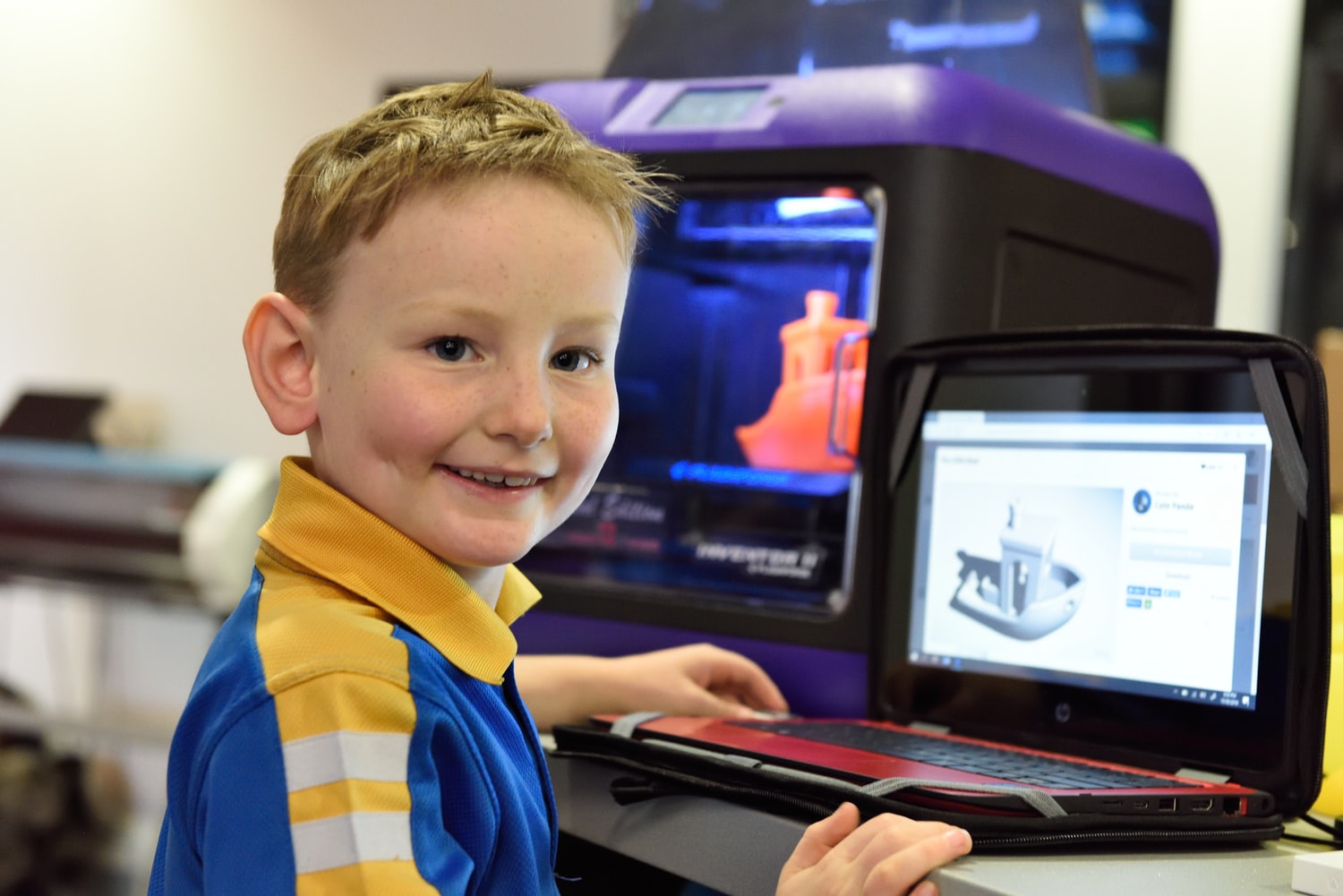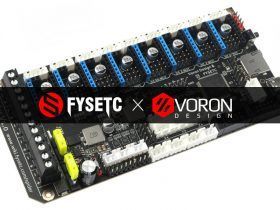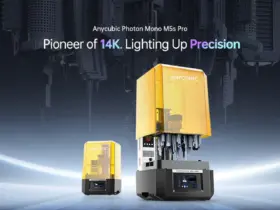There are a number of misconceptions about recent 3D printing technologies around the web that I wanted to talk about in today’s article.
However, it is possible that some of these concepts could change in the not too distant future, who knows. In the short term it does not seem reasonable, since they lack a logical basis if we use a little common sense, but as you well know, change is a constant.
And as I always do before each article, I would like to remind you that we have a great community in our Telegram, where we share all our doubts and experiences in 3D printing. Have no qualms about joining our community if you wish.
Misconceptions about 3D printing
It is important to know well each type of technology and its limitations. This statement makes a lot of sense if what we want is to give it the best possible use and try to make the most of its potential.
Here we list, as an example, some of the existing misconceptions about 3D printing. They are not the only ones obviously, but some of the most prominent and not without some controversy on the Internet.
3D printing of firearms

Despite the fear that 3D printing of guns may bring, which would allow the creation of untraceable weapons, this does not appear to have posed any threat to any country today.
Shooting a 3D printed firearm is not one of the smartest things a “Maker” could wish to do. The barrels of today’s pistols are made of hardened steel or aluminum.
To think that a 3D printed gun with any of the current printers on the market can operate in the same way as a real one, requires a huge act of faith (or ignorance).
Some time ago the news of a 3D printed pistol jumped to the fore (in 2013 exactly). However, it does not seem to be something “normal” or that it is widespread among the different “criminal” circles. In fact, these pistols are likely to be more dangerous to the user than to their potential “victims.”
According to an expert in the field, these pistols could only fire five shots before exploding in your own hand. Or even do it before taking the first shot. Come on, it would be something like playing the lottery, or rather, tossing a coin while your hand is in play.
Difficulty in handling and 3D printing

Certainly, at the beginning of this new technology, machines were difficult to operate. They required high operator experience and, often, very un “user friendly” software. Then came “home” or desktop 3D printers, for the general public. No display and hardly any software.
But all of this has changed dramatically. Now information flows on the web, and within Google’s reach you can find countless documentation, guides and solutions for practically all kinds of problems related to 3D printing.
Manufacturers now develop machines with increasingly user-friendly software and hardware, and users need less experience and time investment in learning. All this results in more time for design and production and less time in handling the production tool, as it should be.
In fact, there are even manufacturers that launch 3D printers completely aimed at children, as you can see in a printer that we recently analyzed: Monoprice Cadet: Safe 3D printing for children and beginners .
High environmental pollution

Today there is a great social conscience about pollution and climate change (at least by the majority). This is due to the innumerable types of plastics that exist in the market, and which end up being part of the environment without remedy.
Plastic reaches our rivers and seas at a rate of 8 million tons annually. That amount would be the equivalent of the weight of 800 Eiffel Towers, the weight of 14,285 Airbus A380 aircraft and even covering 34 times the famous island of Manhattan. And that’s not all, because the current amount that already exists in our seas is really unknown. This could be anywhere from 5-50 trillion pieces of plastic of all kinds, which is unfortunate.
How can we not think that 3D printing can generate more and more waste, it would be “logical” right? Fortunately, there are some arguments against and with some sense. 3D printing greatly reduces the waste generated derived from subtractive manufacturing (drilling, cutting, etc …)
It also uses biodegradable materials. Remember that PLA filaments are of plant origin and it is not the only existing filament of this type. In addition, there are different real initiatives to use recycled plastics.
Not long ago we were talking about one of them, precisely on our blog, specifically in the article KLM airline prints in 3D with its customers’ recycled plastic bottles .Another recently created initiative was a printed coral reef in the world’s largest 3D in the Maldives.
3D printing technology helps us develop more innovative ways to protect coral reefs. Technology allows us to mimic the complexity of natural reef structures, so we can design artificial reefs that closely resemble those found in nature
They are the future of serial production

3D printers have established themselves in a very specific niche, the prototyping. This has given “wings” to many small companies or startups, and has also helped lower costs to other large companies. However, the thought that 3D printers can displace the old traditional production methods is already another matter.
Optimized production methods have already existed for many years (and decades). Getting to compete for large production series is practically unfeasible (at least in the short term).
Processes such as injection molding can develop hundreds of parts (or thousands) in a very few hours and at very competitive prices. This is currently unthinkable in additive manufacturing.
What we cannot deny is that 3D printers have the ability to make much cheaper and customized parts quickly for low to medium volume productions. In fact, large companies prioritize the production of a high number of units, which, after all, is what generates their income.
All this makes 3D printers the perfect tool for prototyping and saving resources, one more gear for an efficient production process in any type of company.
Can print functional internal organs

Lately 3D printing oriented to the field of medicine is having great technological advances, as we see daily in articles or television. Rare is the day that good news does not appear about it. Although, getting to affirm that functional organs can be printed is quite far from the reality. This entails using much more advanced and complete technologies, which are yet to come.
However, it is possible to make replacement organs or to help the body repair its own. For now we have to wait, but everything indicates that without a doubt there is a very hopeful future for this type of technology, and sooner or later we will see very interesting discoveries.
Other interesting articles at 3DWork:
- QIDI TECH X-Plus: Industrial-grade, high-performance 3D printing for your desktop
- Phrozen Shuffle XL Lite: Large-scale printing, with 2K resolution and ParaLED technology
- SKR GTR V1.0: Complete analysis and configuration with TMC22xx drivers and Sensorless (Marlin 2.0.x.x)
- Adding filament sensor in SKR electronics (MINI E3, v1.3, v1.4 and v1.4 Turbo)
- Hygroscopy: Moisture issues in 3D Printing Filaments
- Post-processing of 3D parts: Much more resistant and airtight with heat and salt
- Marlin Builder: Update with support for version v2.0.6.1 and factory preconfigured firmwares
- Monoprice Cadet: Safe 3D printing for kids and beginners




































Déjanos un comentario